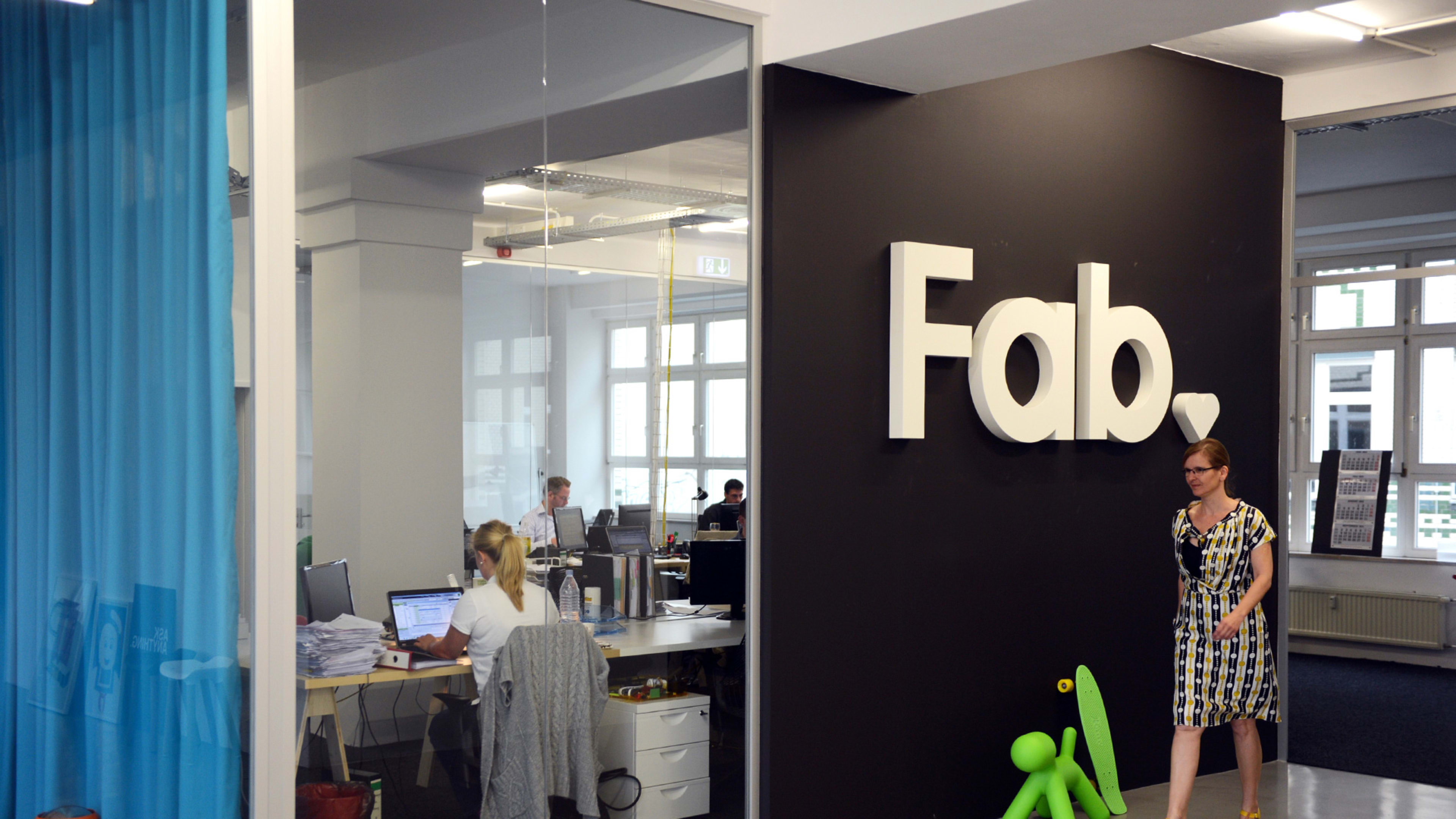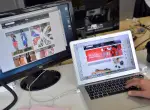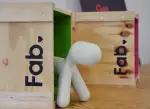If there is one case study in startupland that will haunt investors and entrepreneurs for years to come, it’s Fab.
The former design flash-sale site pivoted more times than Madonna reinvented herself–and today, the sorry story of Fab came to an anticlimactic resolution. After raising $325 million from everyone from Andreessen Horowitz to China’s Tencent at a billion dollar valuation, the shell of Fab’s formerly fab self (sorry) has finally sold to PCH for, reportedly, a meager $7 million in cash and $8 million in stock.
How did this once Internet darling unravel so spectacularly? For entrepreneurs and investors looking to avoid the same mistakes as Fab, here are six lessons to extract from this e-commerce train wreck:
Investors, Sometimes Failure Actually Means Failure
Fab cofounder Jason Goldberg has a track record of running startups into the ground. Earlier in his career, he founded a search engine called Jobster–and managed to vaporize $48 million in funding before the company was sold for parts. “I was this poster child in Seattle of this guy who had burned through VC money, like a pariah,” Goldberg told Fast Company in 2013. But Silicon Valley investors, who tend to view startup “failure” as a virtue, ignored the red flags–and Goldberg managed to talk investors into throwing a whopping $325 million at Fab.
It’s Dangerous To Grow Too Fast
In 2013, two years into Fab’s business, Goldberg tried to evolve the company from a flash-sale site to a traditional online retailer. But instead of just mastering the fundamentals of e-commerce–an elusive enough exercise for a founder who never worked in retail–Goldberg also decided to pursue a number of other ambitious tweaks to his business model, which included operating its own warehouses, manufacturing private label products, and acquiring startups in Europe to expand internationally.
“I would say that a lot of Fab in the last 18 months has been go, go, go, go, and we’ll figure it out later,” Goldberg told Fast Company that year. Fab investor Allen Morgan, an adviser with Mayfield Fund, admitted back then: “When you grow this fast, it’s very hard because things can fall off the table and break before you catch them.”
Nevertheless, Goldberg managed to raise $105 million to fund all his frenetic expansion. Of course, only months after opening a five-story office in Berlin, they virtually shut it down, laying off the majority of its European workforce.
Beware The Perpetual Pivot
Fab’s original pivot in 2011 from Fabulis, a gay social networking site, to a flash-sale design site was a smart, strategic move. The founders (Goldberg along with best friend Bradford Shellhammer) recognized a real hole in the design market.
But after the flash sale site became an e-commerce site for designers, then morphed into a private label design retailer sourcing from Asia, and then turned into a customized furniture site, Fab began to look more like a business parody than a company with an actual strategy. (Ultimately, Goldberg pivoted his way into another company, Hem, a custom furniture spin-off of Fab which he’s now running.)
Building A Startup Is A Marathon, Not A Sprint
As the company’s leader, Goldberg always appeared more motivated by quickly reaching amorphous milestones than achieving sustainable economics.
At an internal company meeting Fast Company attended in 2013, Goldberg regaled his staffers with the many records Fab had broken: “I have done at least 100 investor pitches in the last three months,” he said. “We will be the third-fastest company in history to be valued at a billion dollars. We will be the most heavily funded private e-commerce company in the past 10 years.”
Goldberg should have paused to catch his–and the company’s–breath. Just a few months after he made all those boasts, Goldberg found himself laying off much of his staff–a trend that would continue until the once 700-person New York-based company was ultimately a shell of its former self.
Venture Capital Should Fuel Your Company, Not Your Ego
Every time Goldberg had a new idea for how Fab’s business should shift, he went to his investors, who willingly fueled Goldberg’s impulsive acts–even when they were fueled more by egotistical goals than practical needs.
In late 2011, he wanted to boost Fab’s sales from $20 million a year to more than $100 million, so he raised $40 million to expand operations.
By 2013, Goldberg had filled Fab’s coffers with another $165 million at a $1 billion valuation by selling an outlandish dream to China’s Tencent, among other investors, that Fab would become the fifth e-commerce company in the world worth more than $10 billion.
“Money should be hard to come by,” says Rob Forbes, the founder of Design Within Reach and a Fab adviser. “If it [money] comes easy, then you have to have really good people around you who are keeping you honest.”
Like Goldberg, most of Fab’s investors weren’t experienced in design retail, so all of Goldberg’s moves–no matter how irrationally aggressive–either appeared logical or were fueled by collective, naive fantasy. “Private label, exclusive partnerships, licensing from designers—these are things every retailer tries. It keeps their heads above water, but it doesn’t accelerate the growth of anyone’s business,” says Sucharita Mulpuru, an analyst with Forrester Research. “It sounds new to their foolish investors, but it’s not going to be the game changer they are hoping it is.”
A Founder’s Goal Should Be To Build A Business–Not to Cement Their Reputation As An Icon
Goldberg fancied himself a philosopher entrepreneur, regularly sharing his wisdom on his now-defunct Betashop blog.
He also liked to put himself and his unproven business acumen in the same category as tech’s greatest mavericks. “If you look at companies that have succeeded over the last 20 years—Steve Jobs, Jeff Bezos, Bill Gates—they owned it,” said Goldberg, referring to his control-freak impulses. “You have to be obsessed with the details.”
Goldberg’s drive to win (whatever that might mean), his fanaticism about building a massive company, and his urge to cement his status in history ultimately distracted him from the unsexy details of actually building a great company.
“Either Fab will be worth four or five billion dollars in three or four years from now, or Fab will still be worth a billion dollars,” Goldberg told us back in 2013.
But, as we predicted, he left out one other scenario. The one in which, for the second time in his life, he squanders bales of VC money—but this time it’s $325 million, not $48 million.
A Short History OF Fab.com
2010: Jason Goldberg and Bradford Shellhammer launch Fabulis, a gay social network, raising $3 million.
February 2011: They decide to pivot Fabulis to Fab, a flash-sale site for designers. Menlo Ventures led the company’s $8 million Series A round.
December 2011: Andreessen Horowitz leads Fab’s $40 million Series B round, valuing the company at $200 million.
February 2012: To expand internationally, Fab acquires German flash sale site, Casacanda.
June 2012: To continue international expansion, Fab acquires 10-week old U.K. design site, Llustre.
July 2012: European VC firm Atomico leads Fab’s $105 million Series C round at a $600 million valuation.
Spring 2013: Fab acquires German customized furniture company MassivKonzept.
June 2013: Fab raises $150 million Series D for Asia expansion at $1 billion valuation.
July 2013: Fab lays off 100 people from Berlin European Headquarters.
November 2013: Fab lays off 50 employees.
November 2013: Fab cofounder and chief design officer Bradford Shellhammer steps down from the company.
May 2014: Fab lays off 90 employees.
Recognize your brand’s excellence by applying to this year’s Brands That Matter Awards before the early-rate deadline, May 3.






